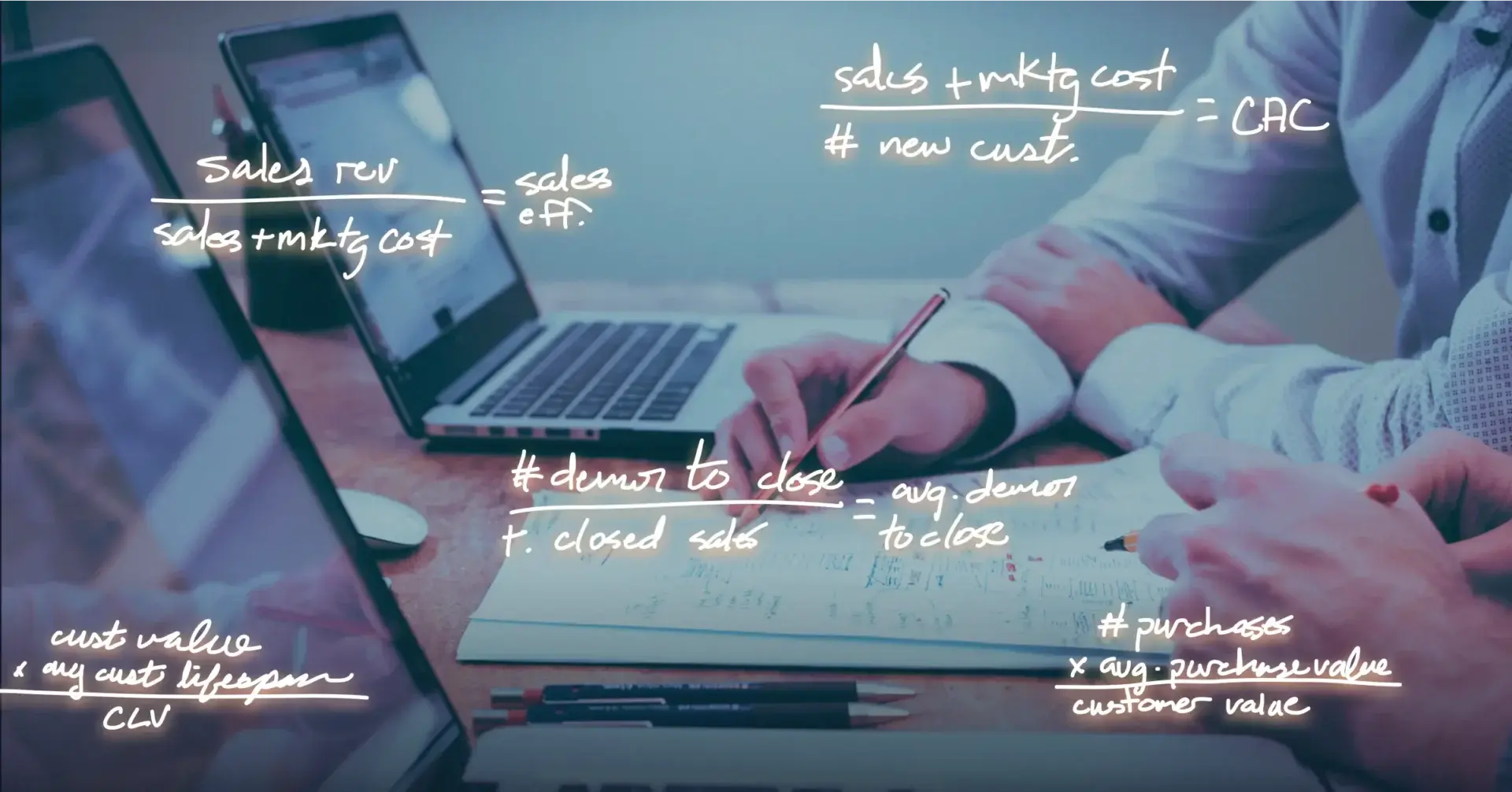With over 20 years of experience, Mark leads Consensus in helping companies expand presales impact ...
Close more deals with
Demo Automation.
Watch a Demo
To ensure that the scaling strategies your organization has implemented are effective, it is essential to track their performance. Monitoring the right Key Performance Indicators (KPIs) will help determine if your strategies are successfully meeting the increasing demand with your existing resources.
1. Demo Requests per Sales Rep
One of the fundamental KPIs to track is the average number of demo requests per sales rep. Are these requests increasing or decreasing? If you’re seeing a drop in the number of requests per rep, it could indicate that issues are being handled through other channels, such as self-service resources or other team members.
2. Time Spent on Key Activities by Sales Engineers (SEs)
Tracking the percentage of time Sales Engineers (SEs) spend on key activities is a crucial metric. We recommend that your team conducts a monthly self-analysis through a survey to assess whether they are spending more time on critical activities. Are key activities increasing, and do they now have more time to dedicate to them?
3. AE:SE Ratio
The Account Executive (AE) to Sales Engineer (SE) ratio should be increasing as your team scales. This ratio indicates that your SEs can handle more demand, and as the team grows, the workload distribution should allow for greater productivity. While this KPI doesn’t offer much value in isolation, when combined with others, it becomes a powerful indicator of scalability.
4. Video Demo Views
If you’re utilizing interactive video demos, tracking the number of views can be an essential metric. Video demo views help gauge how well your demos are reaching potential customers and can serve as a strong indication of engagement.
5. Video Demo View Time
The amount of time spent watching video demos is another critical KPI. In theory, every demo view represents a demo that a Sales Engineer didn’t have to perform. Measuring the view time can further reflect the value of these automated demos in terms of saved time and resources.
6. Stakeholders Discovered Through Video Demos
Tracking the number of stakeholders discovered through video demos helps identify potential buyers who were organically reached as others shared your demo internally. Using software that can track video shares across organizations can provide valuable insights into engagement and reach.
7. Video Demos Sent by AEs or BDRs
The number of video demos sent by Account Executives (AEs) or Business Development Representatives (BDRs) is another useful metric. It allows you to track engagement and assess how actively AEs and BDRs are using video demos. Be sure to check the view rate—it’s essential that the demos are not only shared but also watched.
8. Live Vision or Micro Demos by AEs or BDRs
This KPI focuses on the number of live vision or micro demos conducted by AEs or BDRs. It provides insights into how many of these demos are being delegated to and delivered by the sales team, reflecting how effectively your scaling strategy is operating.
9. Webinar Demo Attendees and Viewing Time
Tracking the number of participants attending webinar demos, as well as their total viewing times, gives you a sense of how well your webinars are resonating with your audience. It also helps measure the overall reach and impact of these larger-scale demo efforts.
10. Combining Metrics for a Comprehensive View
By combining these KPIs, you gain a holistic view of how well your scaling strategy is increasing productivity and efficiency within your team. The data will provide a clearer picture of whether your efforts are meeting the demand with existing resources and where improvements may be needed.

Achieving Exponential Output with Scaled Presales
Implementing strategies to scale presales allows your team to achieve exponential output without adding significant resources. Start by analyzing the “increasing demand” gap, then proceed to identify activities that can be optimized through elimination, automation, or delegation via a “key activity” gap analysis.
What to Eliminate
First, consider eliminating under-qualified demos. By improving the lead qualification process through a Product Qualified Lead (PQL) stage, you can ensure that only the most promising prospects receive demos, improving both efficiency and conversion rates.
What to Automate
Next, automate repetitive demos that can be handled by technology. Ideal candidates for automation include vision, micro, qualifying “standard” demos, as well as FAQ and closing demos. Automating these demo types allows Sales Engineers to focus on higher-value, more technical demos that require their expertise. Essentially, only the deeply technical, custom demos should be left for live delivery.
What to Delegate
When it comes to delegation, consider allowing AEs and BDRs to take on vision and micro demos. These are often less complex and can be effectively handled by the sales team, freeing up your SEs to focus on more technical tasks.
The Principle of Tradeoffs
The principle of tradeoffs is crucial in scaling strategies. What are we willing to say no to? Primarily, this involves saying no to live demos with Sales Engineers for all prospects. However, by doing so, we are saying yes to a better client experience. Prospects can access demos more quickly, and sales teams get the information they need faster, too.
Additionally, this approach allows for more efficient resource utilization, better margins, and reduces the risk of burnout by allowing Sales Engineers to focus on tasks that play to their strengths.
Ready to Scale Your Presales? Let Us Help!
If you’re ready to scale your presales efforts but need assistance, the Consensus team is here to support you. As a leader in demo automation software, Consensus makes it easy to create, send, and track interactive demos for your sales team. Our platform automatically personalizes the demo experience and tracks engagement, ensuring that prospects are better prepared for live demos and more likely to convert. Let us help you streamline your presales efforts and scale your team effectively.





